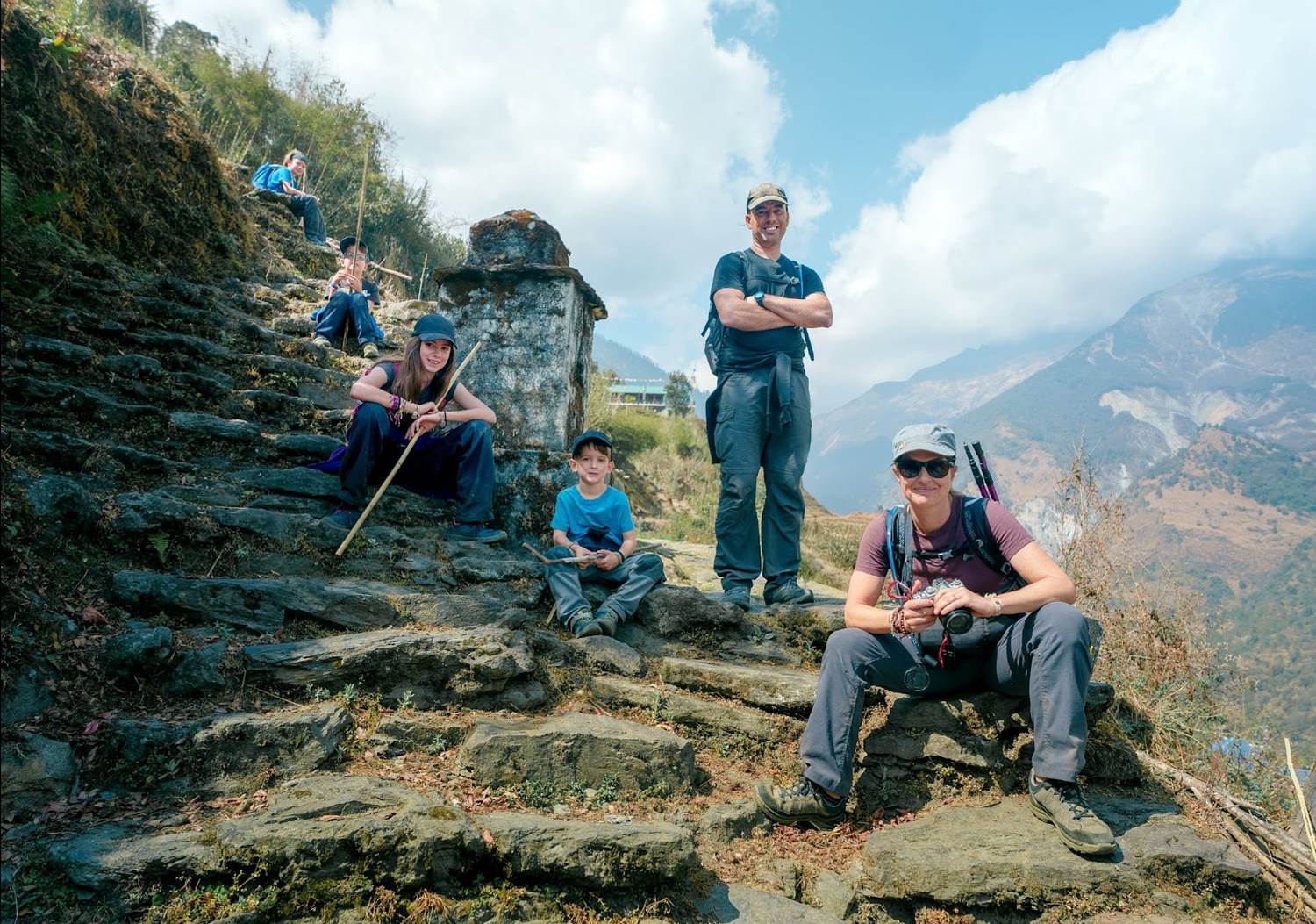Movie Review: Nat Geo’s “Blink” is a Heartwarming Family Journey Before the Light Fades
Wishing on stars is a big part of the Disney mystique. The twinkling celestial bodies that illuminate the night sky inspire us to dream bigger than the limits of our world. So imagine, as a parent, learning that your children lack the ability to see these magical beacons, and more than that, someday they will lose their vision entirely. That’s exactly what parents Edith and Sébastien discovered, inspiring the new film Blink from National Geographic Documentary Films, the first to be distributed with the Disney castle intro attached to the film.

(MRC/Jean-Sébastien Francoeur)
French-Canadian parents Edith and Séb have four wonderful children - Mia (11), Léo (9), Colin (6), and Laurent (4). After learning that Mia, Colin, and Laurent have a rare genetic condition (retinitis pigmentosa) that limits their night vision and will cause blindness in the future, Edith and Séb do what they can to give them the best future possible: Embarking on an adventure-filled bucket list vacation to fill their visual memories with a lifetime of imagery.
With a limited budget of $200 per day, the trip was crafted with input from each child based on a bucket list the family created together. Elements of the list are revealed throughout the film as they’re checked off, including tasting new fruits, riding a hot air balloon, exploring a rainforest, and watching the sunrise on a mountain and sunset in a desert. The low-cost vacation of a lifetime includes stays in homesteads, immersing the family in each culture, and making National Geographic feel like the perfect destination for this story.
While there’s a travelogue component to Blink, the tight 90-minute documentary is less about capturing the journey and destinations, focusing more on poignant and character-defining moments. By the film's end, viewers gain a deeper understanding of each child’s unique qualities, helping to craft a vision for each of their futures beyond the epilogue. One sequence, while staying with an Indigenous community in a rainforest, finds Edith and Séb taking part in a daily pre-dawn dream analysis ceremony. Another, in the desert, finds Edith and Mia having a realistic conversation about experiencing the world without the sense of sight. But overall, the family’s outlook is optimistic, and the film is inspiring.

(Edith Lemay)
Focusing on a bilingual family, Blink is primarily in English and French, with subtitles used for non-English dialogue. But with a film about cultural immersion, the family is equally exposed to situations where they’re finding unspoken ways to communicate, particularly as the kids check off one of the most heartwarming items on their bucket list - making friends in other countries. In that regard, the film also becomes less about the places they go and the things they do and more about the people (and animals) they meet.
Blink is a heartwarming documentary about two parents who don’t just wish to give their kids the world, they do it. Overcoming numerous obstacles, including financial limitations and a pandemic, Edith and Séb have this one chance to give their kids the trip of a lifetime before one of our most precious senses, the sense of sight, is no longer part of their world. Unless there’s a scientific miracle soon, that’s a wish that no amount of stardust can help.
I give Blink 5 out of 5 stars.
Blink opens in theaters on October 4th from National Geographic Documentary Films and Walt Disney Studios.


